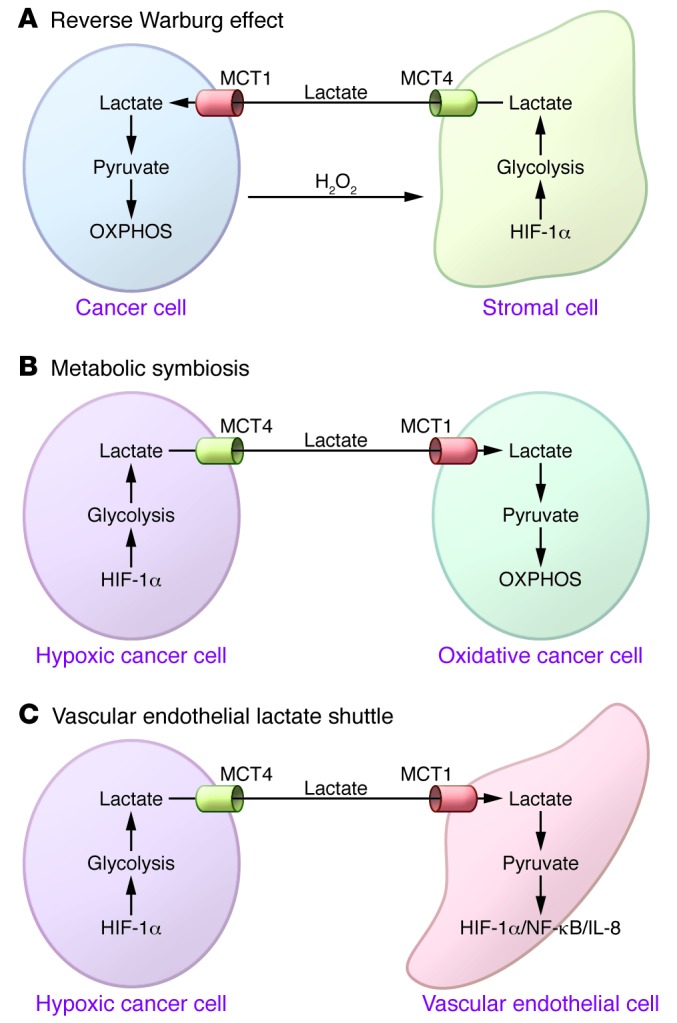Figure 3. Three models of lactate shuttling in cancer.

(A) The reverse Warburg effect occurs when cancer cells secrete hydrogen peroxide, which is thought to generate a pseudo-hypoxic environment in the stroma. In turn, this induces HIF-1α, MCT4 expression, and glycolysis in stromal fibroblasts, which then efflux excess lactate via MCT4. Stromal-derived lactate is then imported by tumor cells via MCT1 and used as an oxidative metabolite. (B) In metabolic symbiosis, tumor cells in hypoxic regions of the tumor efflux lactate through MCT4, which is then imported by tumor cells in less hypoxic regions via MCT1 and used as an oxidative metabolite. This shuttling facilitates delivery of glucose to the hypoxic regions of the tumor. (C) In the vascular endothelial lactate shuttle, tumor cells efflux lactate via MCT4, which is imported by vascular endothelial cells by MCT1. Lactate is then converted to pyruvate, which activates HIF-1α and NF-κB/IL-8 signaling.
